Tillandsia or Air Plant: [Planting, Care, Irrigation and Substrate]
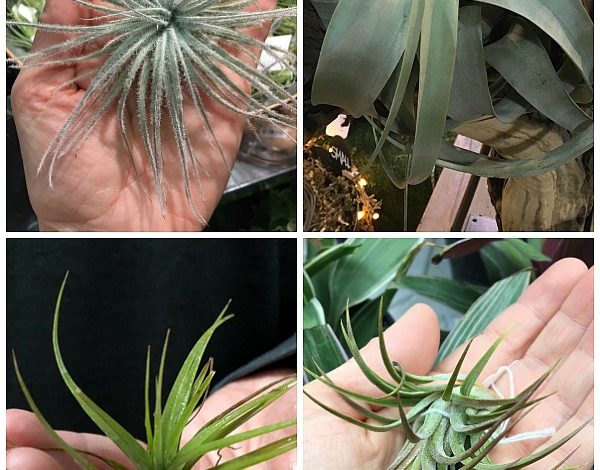
Coming from the American continent, the so-called Air Plant or Tillandsia, is a versatile plant species that thrives in deserts and forests.
It even grows in its natural habitat on tall trees.
They are also called Carnations of the air, very easy to grow, so if you are entering the world of gardening, do not miss the opportunity to get a beautiful specimen of the Tillandsia or air plant.
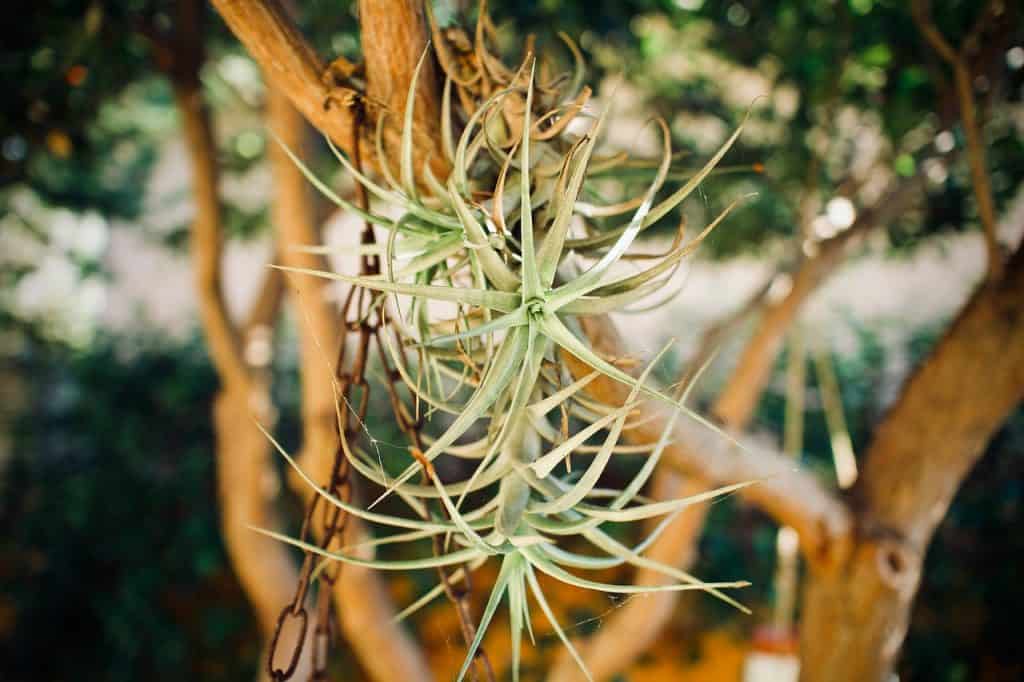 A come from the Tillandsia or Air Plant is that it is not very demanding.
A come from the Tillandsia or Air Plant is that it is not very demanding.
So much so that it grows the same on stones, trees, crystals, trunks and even metal supports, thanks to the fact that it does not develop a root to live. It is a completely aerial species, an epiphytic plant , which can survive tied or embraced to another larger species.
An example of its high resistance and versatility is that it can be kept alive inside a decorative glass globe that provides good humidity. Or let her hug a copper metal circle. The effect it will produce is sensational.
It achieves this because it does not have roots, but a kind of hooks or hooks that stick everywhere.
In addition, it can act as a houseplant, a hanging houseplant or an outdoor hanging plant.
Temperature: Where do we plant Tillandsia or Air Plant?
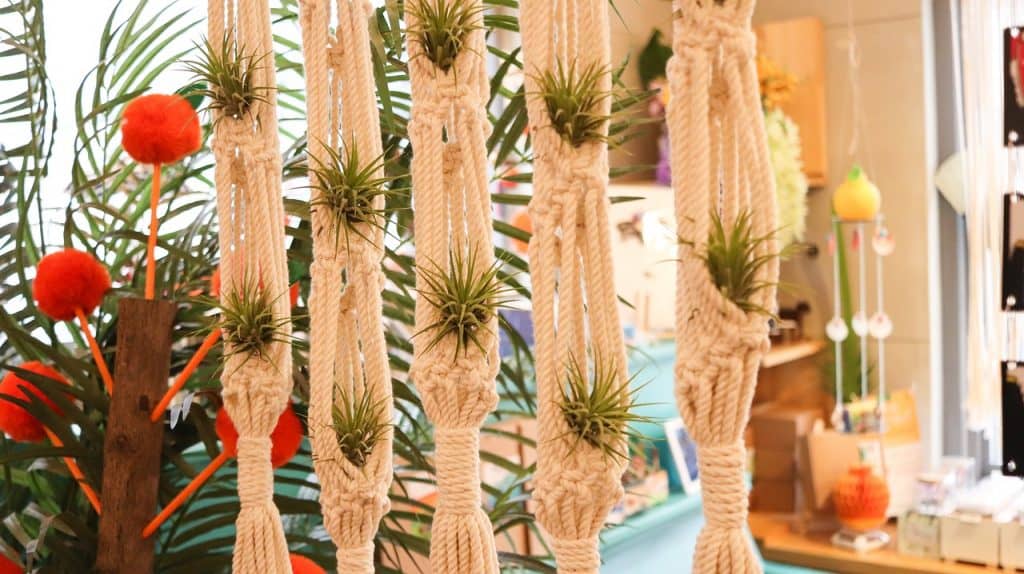 It survives both indoors and outdoors.
It survives both indoors and outdoors.
Family of bromeliads and orchids, the Tillandsia grows slowly, but always prefers high humidity and a temperate climate, given its American jungle origin.
One of the key points for the cultivation of this plant lies in the temperature that must prevail when it lives in closed spaces.
This plant supports high temperatures, up to 30°C, but under certain conditions.
High humidity is one of them.
Another vital recommendation is to keep it away from heat sources from heating systems. And cold drafts too.
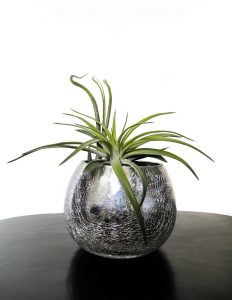 But let’s be clear: very low temperatures, icy gales will kill it. It is ultra sensitive to cold and frost. So your body doesn’t work when temperatures are below 10°C. Remember that the tropics are their natural habitat.
But let’s be clear: very low temperatures, icy gales will kill it. It is ultra sensitive to cold and frost. So your body doesn’t work when temperatures are below 10°C. Remember that the tropics are their natural habitat.
A harsh winter prevents it from being taken out to receive light under controlled conditions.
Light: How many hours a day?
Despite its tropical origin, it should never grow in direct sunlight.
But it is important that by having it indoors we can find a lighted place in semi-shade for it. This care is extreme in summer because it is used to growing in the shade of a large leafy tree, in its original habitat.
Substrate and Fertilizer: How do we prepare the land?
Gardening experts recommendthe application of a fertilizer for orchids.Dilute it in a proportion of 25%, once or twice every month. This nutrient will help her a lot, in early spring.
If you use any type of substrate, the leaves of your Carnation of the air can burn easily.
How to plant the Tillandsia or air plant
- The sowing or planting of the Tillandsia can be done by germinating the seeds or already having the plant in a pot.
- In both cases you must prepare the soil correctly, adding enough compost, peat and fertilizer. Although it is a very resistant plant, in the beginning it needs help.
- After the appearance of the first seedlings and when they are seen to have settled correctly, the bundle is submerged daily in rainwater, to which a small amount of organic fertilizer can be added.
- Once the plant has grown, it is very easy to maintain. It requires few irrigations and withstands high temperatures.
Irrigation of the Tillandsia or Air Plant
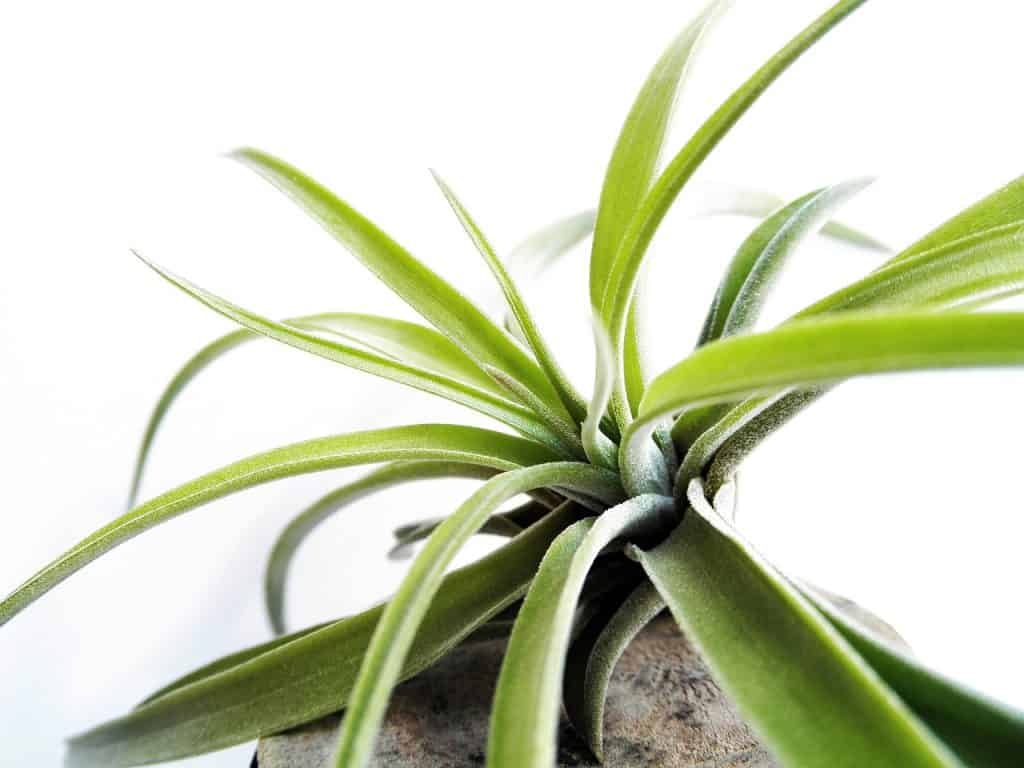 Practically, this plant does not need you to water it. It is very self-sufficient.
Practically, this plant does not need you to water it. It is very self-sufficient.
That is why it is nourished by the atmosphere that surrounds it. It is enough to spray it with water from time to time once a week, thus achieving that its leaves are impregnated with dew. Its exotic beauty will stand out before everyone’s eyes.
A terrace will give you a reputation as an excellent grower of carnations from the air.
Nothing better than watering it with rainwater, the cleanest of all. If you have that possibility, do it without excesses.
And if you venture into the world of vertical gardens, this plant will do wonders with its aerial abilities. And you should not, in these environments, worry too much about her. Remember that this type of plant is fed by its leaves. A liquid fertilizer that you add to the leaf sprayer will be more than enough for her.
Careful with this:The following must be taken into account: if you live in a dry climate, the humidity conditions must always be favorable, so taking care of this aspect will be strictly complied with, or it will suffer a lot.
In summer, these risks practically have to be daily.
In winter, on the other hand, watering will be spaced 3 or 4 days apart, because remember that indoors, the use of air conditioning or heating systems tend to dry out the environment.
One piece of information that will help you regulate the intensity of irrigation is provided by the change in the color of the leaves after receiving the water, which indicates that the plant is not receiving the moisture it needs.
You can also use the immersion method, when it comes to caring for large specimens. Use a large container and soak them for 20-30 minutes, so that they absorb all the water they need.
But if it has been grown in a glass sphere, you cannot water it inside because you will contribute to its rot by inconveniently raising its ambient humidity.
Enjoy the benefits that this unique aerial plant gives you, in exchange for very little.
Where can I buy the Tillandsia or Air Plant?
There are many ways to buy this famous plant. We recommend buying from a specialized place, like this tillandsia store. It has given us good results and they have been very correct in delivery and quality.
Also, if you live near a plant nursery, you can go to see them directly and perhaps they can advise you on which variety best suits the place where you live.

![Photo of Blackberry Pests and Diseases: [Detection, Causes and Solutions]](https://www.complete-gardening.com/wp-content/uploads/2022/08/blackberry-pests-and-diseases-detection-causes-and-solutions-390x220.jpg)
![Photo of Hydroponics or Hydroponic Cultivation: [Concept, Characteristics and Use]](https://www.complete-gardening.com/wp-content/uploads/2022/08/hydroponics-or-hydroponic-cultivation-concept-characteristics-and-use-390x220.png)
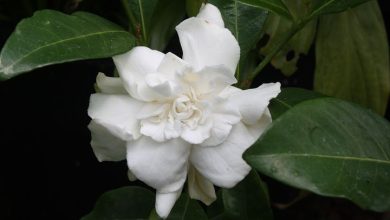
![Photo of [14 Types of Indoor Plants] to Have at Home](https://www.complete-gardening.com/wp-content/uploads/2022/08/14-types-of-indoor-plants-to-have-at-home-390x220.jpg)